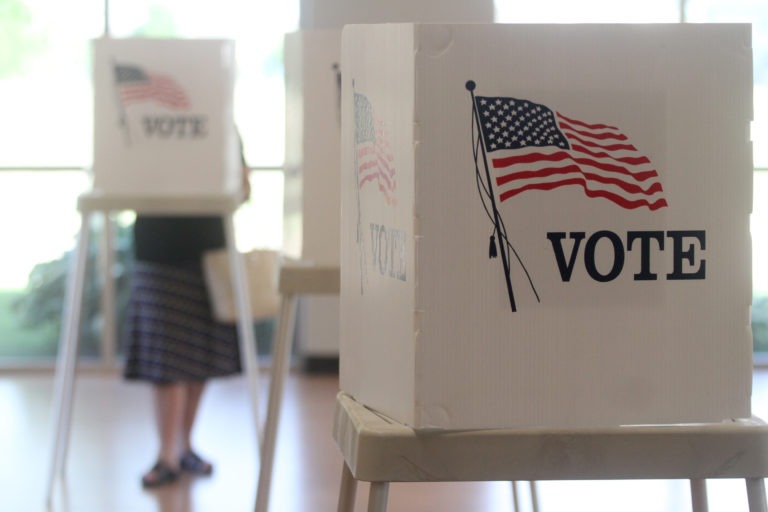Campaigns thought critically about brand safety
Brand and campaign safety has continued to be top of mind for political media buyers this cycle. In addition to blocking 18+ content and hyper-partisan news — campaigns also considered the question of “brand suitability,” or what types of media and content were specifically appropriate for their programs. For example, while a local Democratic political campaign targeting adults 55+ would want to avoid showing up on Breitbart, they would also likely want to avoid wasting ad dollars on a G-rated Youtube channel primarily watched by young children. Or an initiative focused on increasing voter registration in the 18-22 demographic might be highly interested in targeting video game content and streaming platforms. Content matters — and just because a channel is brand safe, doesn’t necessarily mean it’s the most impactful place for ad dollars.
They planned for digital inventory to tighten
Especially with a late election date this cycle, digital inventory continued to tighten as the political season and the holiday shopping season intersected. Media firms such as ours helped our clients prepare for this challenge by securing direct buys with media publishers and leveraging strong relationships with Demand Side Platforms. Campaigns also planned for CPMs (cost per thousand impressions) to rise as early voting and GOTV weekend approached by creating dynamic media budgets that held back spending specifically for these high-volume media windows.
And they didn’t forget about mail!
While the focus here is on digital, successful campaigns spoke to voters across channels — and that includes in their mailboxes! Impactful mail programs were authentic, targeted, and spoke to voters with clear information. While digital is a powerful tool, it doesn’t reach all voters, especially those in areas with traditionally lower internet usage.
Interested in learning more about how SpeakEasy can power your 2023 and 2024 ad programs? Please get in touch with us below — we’d love to hear from you!




